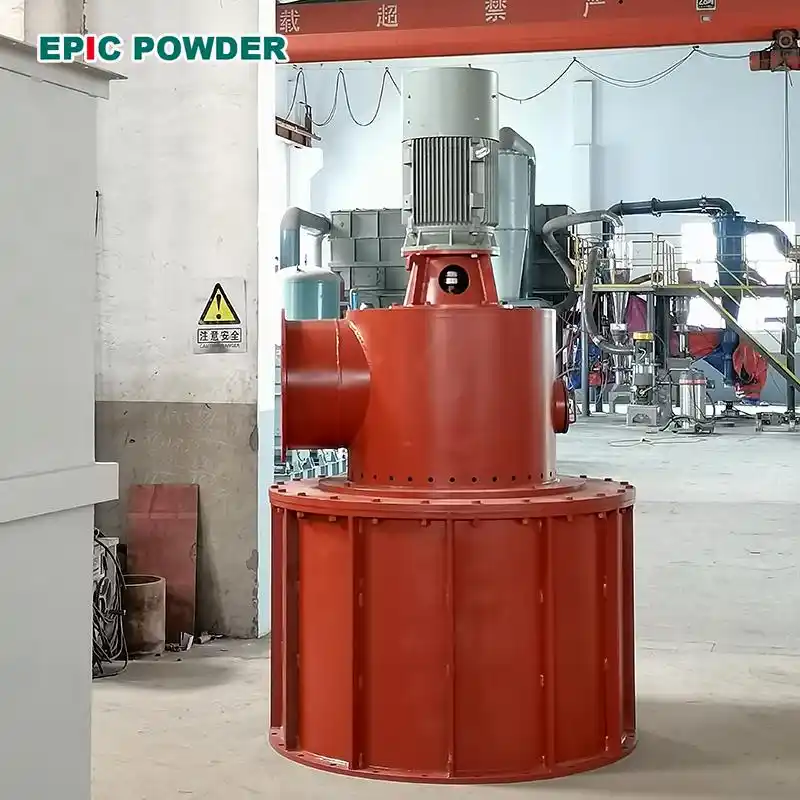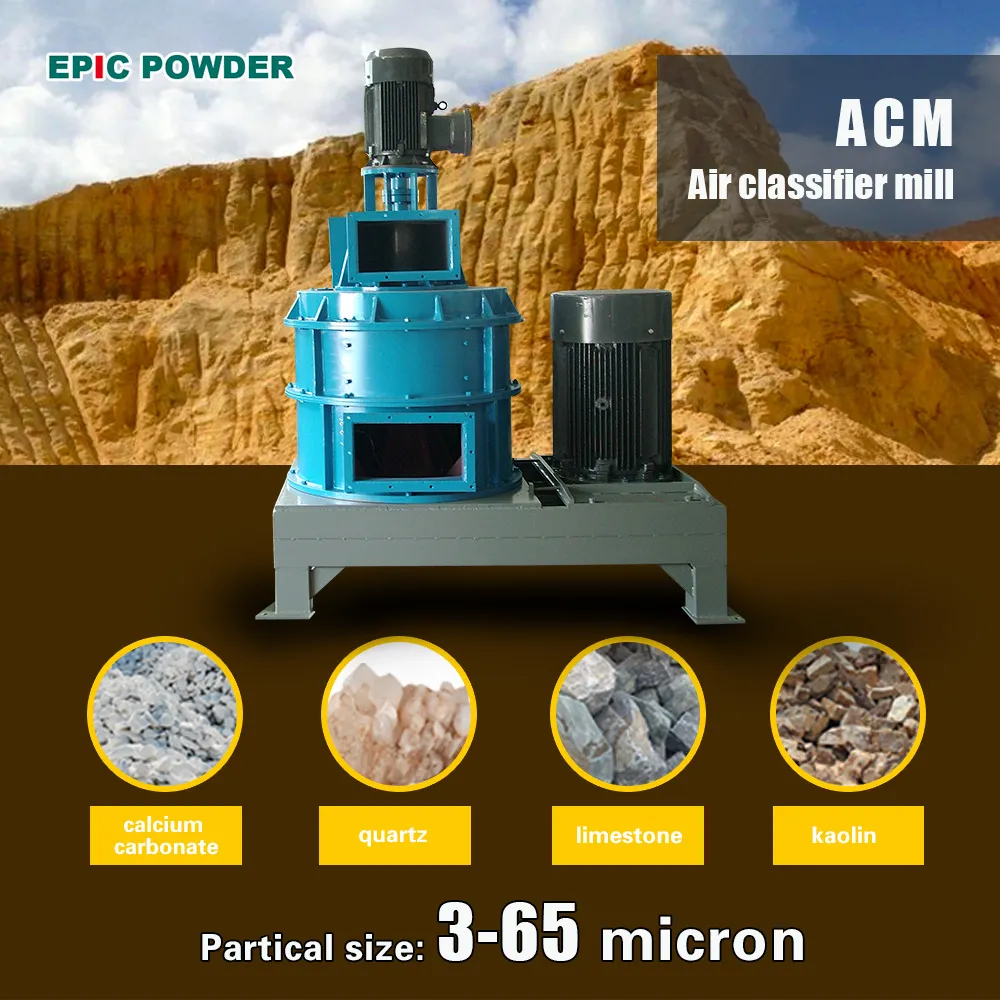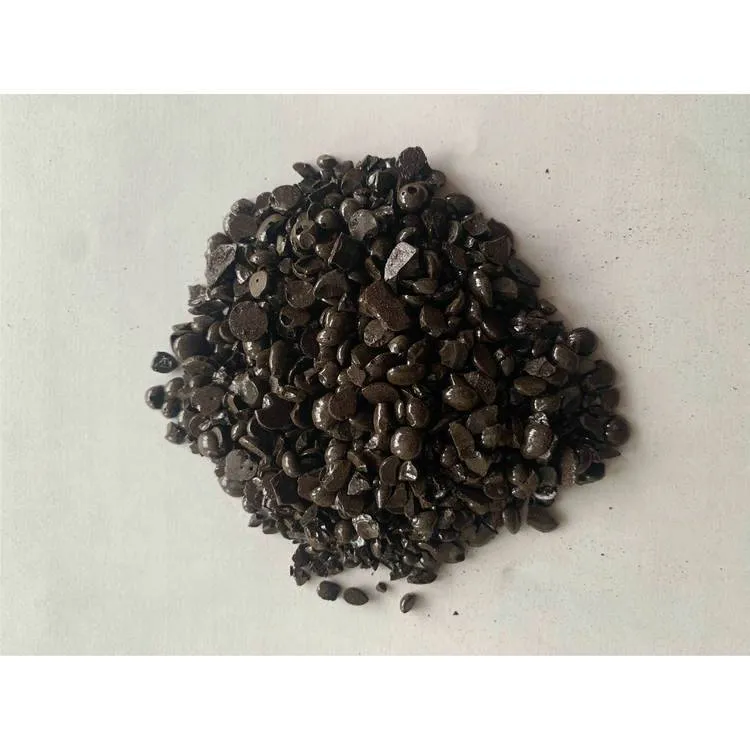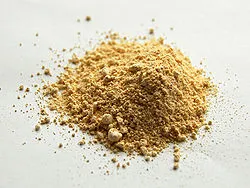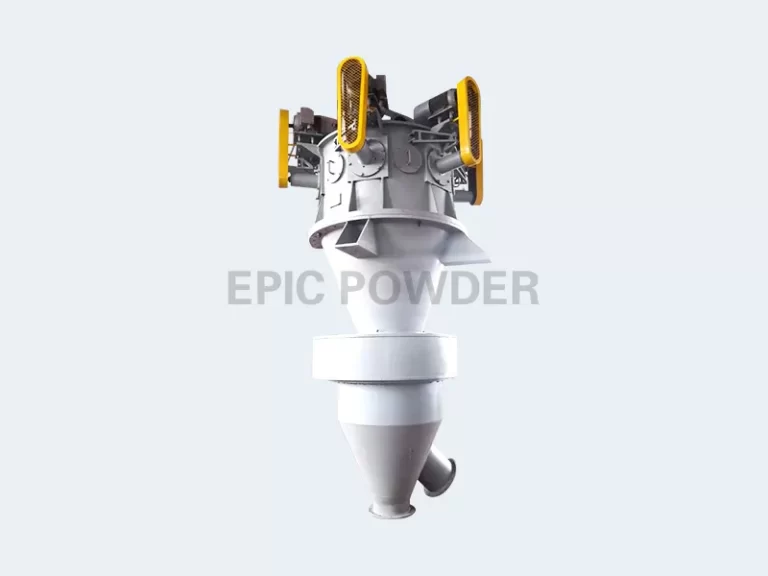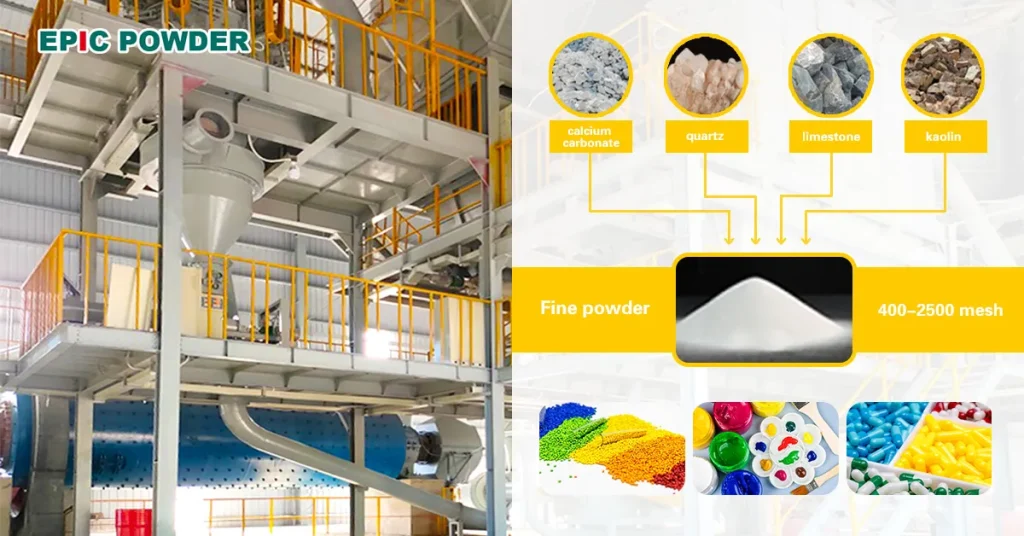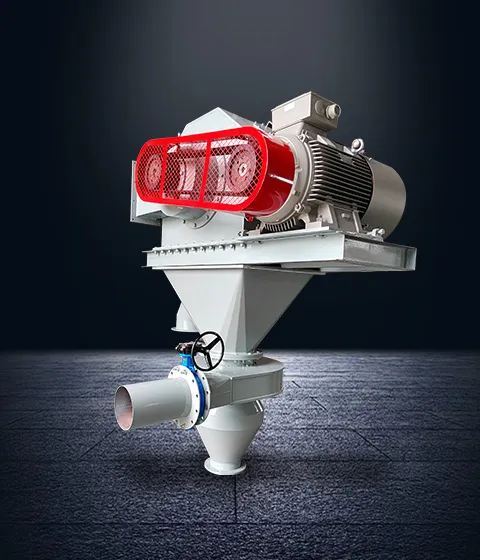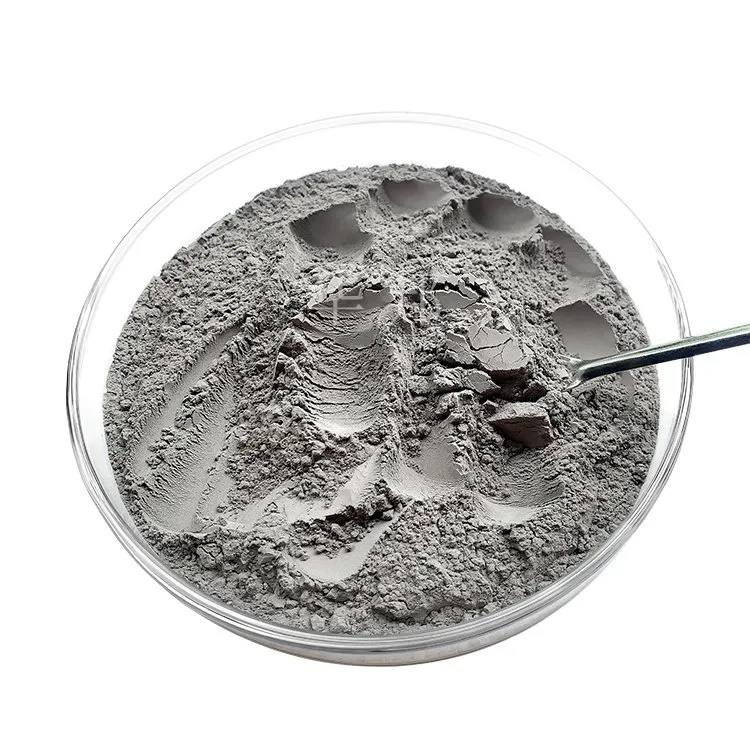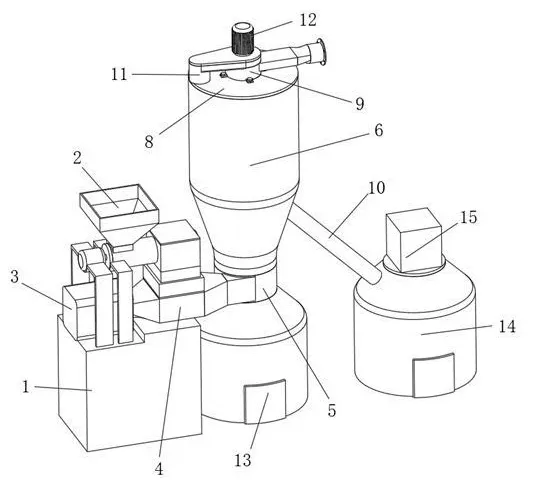What Are the Air classifier’s Optimal Operating Parameters for Aluminum Hydroxide?
The optimal operating parameters for an air classifier using in producing aluminum hydroxide are not fixed values. It depends on specific production requirements, material characteristics, and equipment model, among other factors. Below are some key factors that may influence the optimal operating parameters and general recommendations. Equipment Model and Specifications Different models and specifications of […]
What Are the Air classifier’s Optimal Operating Parameters for Aluminum Hydroxide? Read More »
